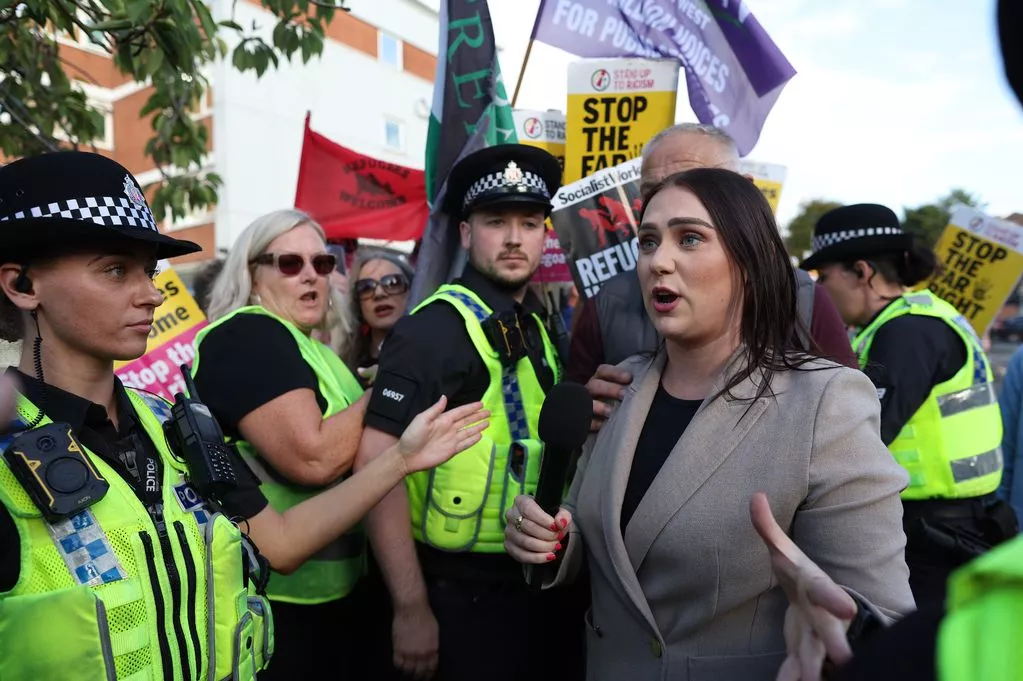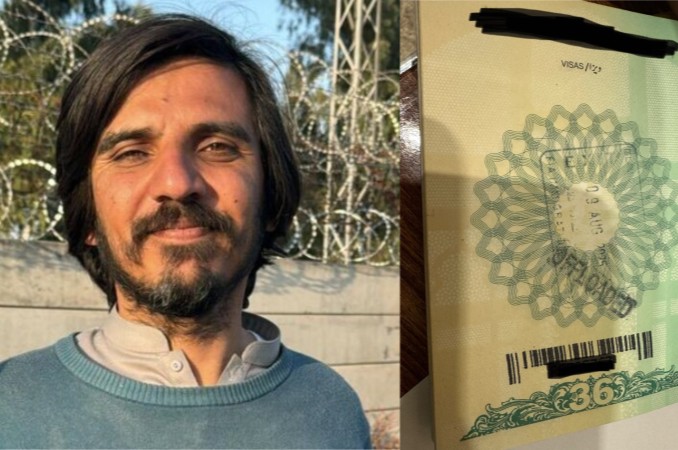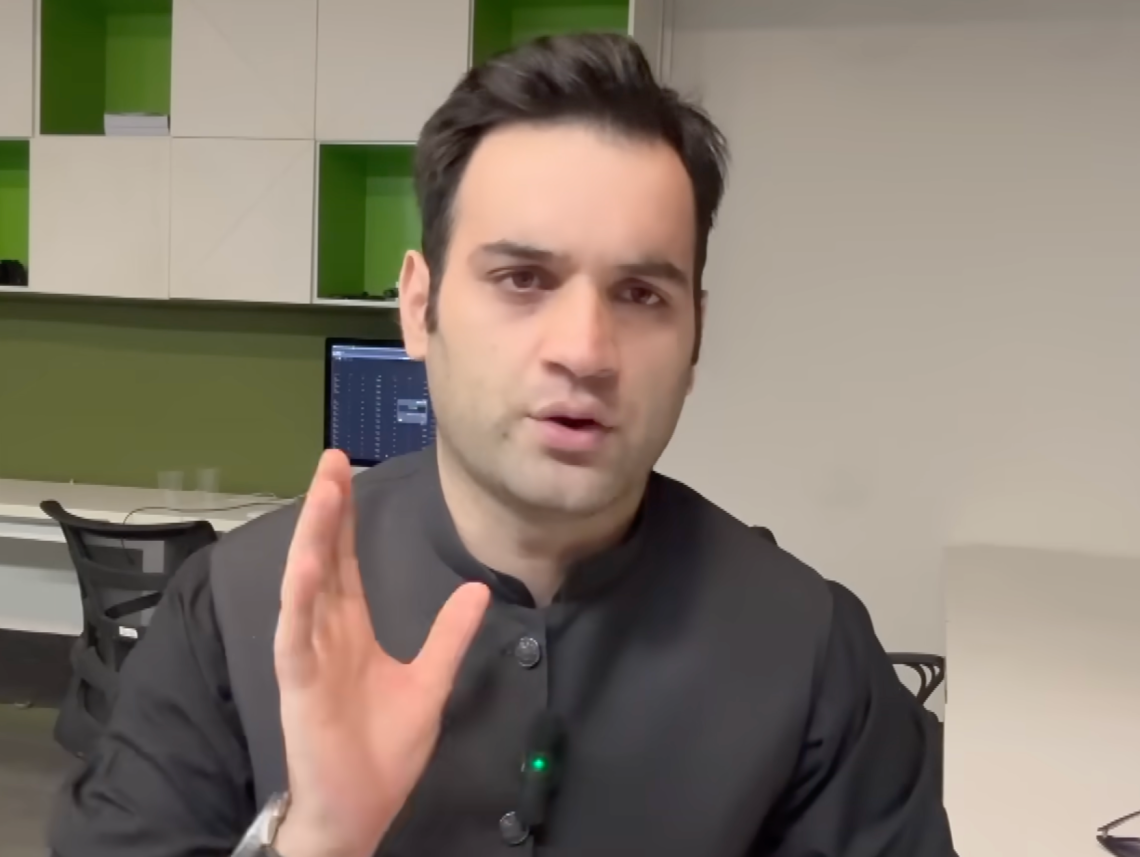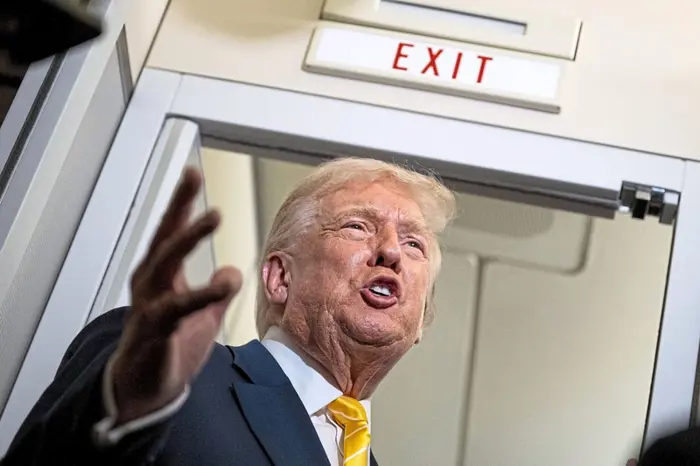
GB News Reporter Sophie Reaper Assaulted Amid Rising Tensions at UK Migrant Protests
August 8, 2025
Correspondent Anas al-Sharif Among Five Al-Jazeera Journalists Killed in Targeted Strike By Israeli Military
August 11, 2025August 9, 2025 – Pakistan/USA –
Pakistani journalist Asad Ali Toor was prevented from travelling to the United States to participate in the U.S. State Department’s International Visitor Leadership Program (IVLP) after being stopped at Islamabad International Airport. Immigration officials informed him that his name was on Pakistan’s Exit Control List (ECL), barring him from leaving the country. No official explanation was provided for his inclusion on the list.
Toor denounced the move as an attack on press freedom, saying, “In Pakistan, journalism and speaking truth to power have been turned into crimes… Yes, I committed this crime, and I will keep committing it.” He linked the travel ban to Pakistan’s recent decline in the World Press Freedom Index, from 152 to 158, calling it symptomatic of a “hybrid regime” that systematically restricts journalistic work.
This is not Toor’s first confrontation with state authorities. In May 2021, he was assaulted in his Islamabad home by unidentified attackers who claimed to be from the Inter-Services Intelligence (ISI). The assailants tied him up, beat him, and interrogated him about his finances and sources. More recently, in early 2024, Toor was arrested on charges of running a “malicious campaign” against the judiciary through social media, facing accusations under the Prevention of Electronic Crimes Act. Press freedom organizations, including the Committee to Protect Journalists (CPJ), condemned his arrest and called for his immediate release, warning that such actions have a chilling effect on independent reporting.
Rights groups argue that the travel ban represents another form of state control, preventing journalists from engaging with the international community and sharing firsthand accounts of the challenges facing the press in Pakistan. Toor’s case shows the broader risks faced by media professionals in the country, ranging from legal harassment and physical violence to censorship and restrictions on movement.
References –




